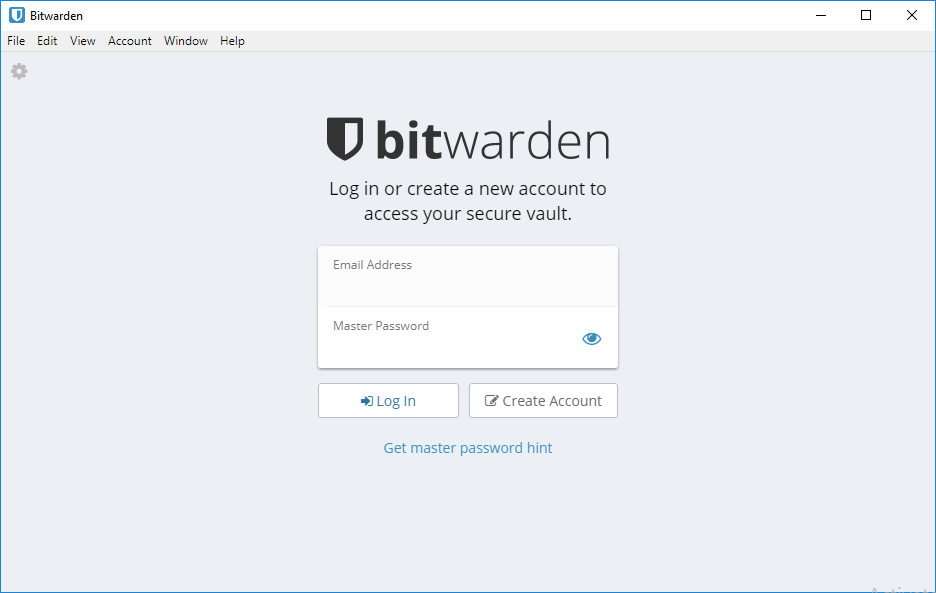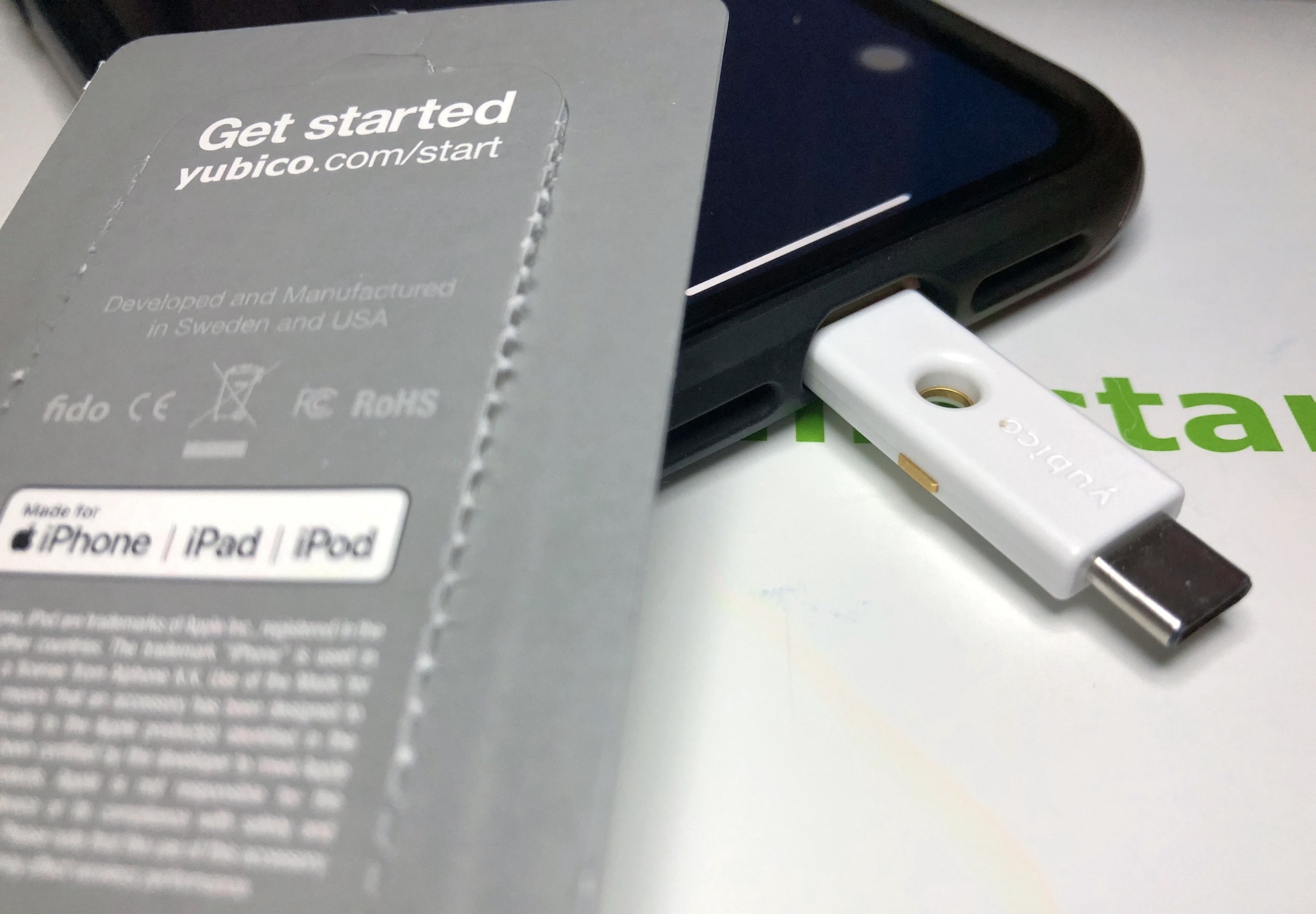

- #Bitwarden yubikey how to#
- #Bitwarden yubikey install#
- #Bitwarden yubikey upgrade#
- #Bitwarden yubikey software#
The code will be inserted into the command prompt if you use this command. The following command will fetch and run Docker's official installation script. Connecting via SSH to your RPi is an option for completing the tasks below. The Docker team has made it easy to set up their container program by creating a handy installation script. The software's low overhead makes it possible to function on a Raspberry Pi, which has little RAM and processor power. What's more, Docker accomplishes all of this with minimal extra effort.
#Bitwarden yubikey software#
Since everything is contained within the containers the runner installs, Docker makes it easy to distribute your software to devices. When running inside a container, the software is restricted from accessing any resources that weren't explicitly allocated by the Docker runtime. It's no exaggeration to say that Docker is a powerful piece of software because it enables OS-level virtualization to distribute software applications within containers. Installation of Docker on a Raspberry Pi 4 After applying the latest updates, our Raspberry Pi should be in peak running condition and ready to host Bitwarden.
#Bitwarden yubikey upgrade#
We can then upgrade our operating system once Docker has been installed and a decision has been made regarding using Portainer. A Bitwarden container can be managed with Portainer's user-friendly online interface.

Either we can run it from the command-line interface or incorporate it into Portainer. If we like, we can also decide to use Portainer for Docker container management. Setting up Docker is a necessary first step. To host our Bitwarden server on our domain, we must first take care of a few technical details. Preparing your Raspberry Pi for Bitwarden Most people agree that Bitwarden is the most excellent free password manager. KeePass's lack of support for statistics on hacked, weak, and recycled passwords is disappointing. YubiKey compatibility is one of the features that Bitwarden lacks compared to LastPass, but which I was able to implement thanks to self-hosting. I had been using LastPass with Mobile, but as they introduced sync limits into their free tiers, I decided to uninstall it. Once I discovered I could self-host Bitwarden, I felt it was my best option. However, technology has advanced, and now there are safer alternatives to these password managers. The export features of my browsers allowed me to import all of my passwords into a single KeePass database, where I could then construct a system to keep track of them. It was an intelligent move ten years ago. Initially, I relied on password managers in my browser, but I soon switched to KeePass. The catch is that not all security-focused apps are created equal. For the past decade-plus, I've relied on a password manager.
#Bitwarden yubikey how to#
By the end of the project, you will have learned how to set up a Raspberry Pi 4 with the necessary software for password management, including bitwarden, docker containers, and portainer, and how to configure their respective user interfaces.Īn effective password manager is a must-have.
#Bitwarden yubikey install#
The last tutorial discussed utilizing a Raspberry Pi to install and run zeroTire on pi 4. Looking at the Chome debugging console it appears to send a PUT request on my domain to /api/two-factor/webauthn and receives a 400 error.Following this, we will configure bitwarden and host it on our Raspberry Pi 4. The GUI just shows a “An error has occurred: Can’t recover challenge” modal. I walked through all the steps and it seemed to be working well until I tried to hit the “Save” button. So, as an alternative, I’m trying to use the FIDO2 WebAuthn option. When I try to use the yubico built in option, it fails (I think) because there’s no environment variables set on the docker container which is apparently needed for the Yubico/YubiKey auth to function properly.

I’ve been using Bitwarden RS add-on for some time now and I really like its two-factor authentication so I wanted to try to set up this key to be an enabled two-factor auth option but I cannot get it to work. Hello community, I recently purchased a YubiKey 5 Nano and I’m playing around with it to see what it can do.


 0 kommentar(er)
0 kommentar(er)
